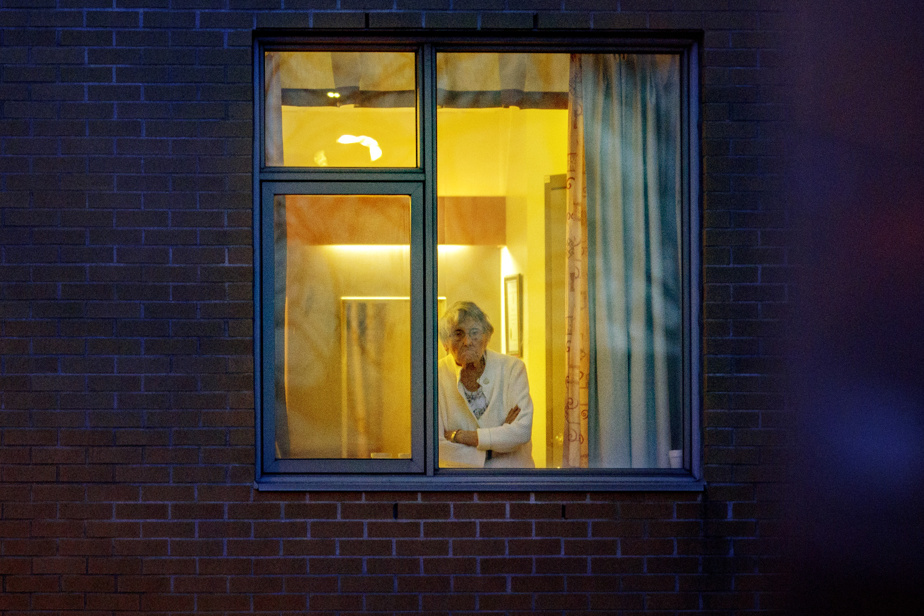Waves

There was the first of all, in spring 2020. Then a second, a little more flattened, the following January. Followed by a small third, a mini fourth, and a memorable big fifth wave which would ruin Christmas 2021 (thanks, Omicron). And after ? Since the seventh wave (summer 2022), the count has been lost over the months and variants. The last notable peak in Quebec dates from before the holidays, where the positivity rate exceeded 25%.
Variant

PHOTO SARAH MONGEAU-BIRKETT, PRESS MONTAGE
The evolution of major variants
The arrival of the Omicron variant in the fall of 2021 will have generated a series of sub-variants which ended up occupying the entire viral terrain. Since the start of 2024, it is the JN.1 sublineage which represents approximately a third of SARS-CoV-2 virus infections in Quebec. According to the observations of immunologists, if mutations in the JN.1 sublineage allow the virus to more easily evade antibodies acquired during previous infections, the disease it causes is (fortunately) not more severe than with the previous strains.
Vaccination

With the development of new, improved versions of the COVID-19 vaccine last fall, public health authorities once again invited the population to receive a booster dose. As of March 5, just under one in five Quebecers (18%) had responded to the call. It should be noted, however, that more than half of people aged 70 and over (as well as 60% of octogenarians and nonagenarians), who are the most vulnerable to infection, have received a new dose of vaccine.
Lives

PHOTO ROBERT SKINNER, LA PRESSE ARCHIVES
An employee of Lakeshore Hospital, in Pointe-Claire, taking a break in front of the establishment, April 20, 2022
Estimated number of deaths worldwide
Around 30 million
Deaths from COVID-19, between 2019 and 2024
From 33 to 51 million
Deaths from HIV/AIDS, between 1980 and 2023
Up to 50 million
Deaths from Spanish flu in 1918 and 1919
Cancer and heart disease are still the main causes of death in Quebec – according to the National Institute of Public Health of Quebec (INSPQ), these two large groups were responsible for half of deaths in 2022. If COVID- 19 is now part of the landscape, it would however have been the main cause of only 8% of deaths in Quebec from 2020 to 2022. But we must not forget all those whose state of health has suffered from the place that has taken COVID-19 into the health system (missed appointments, delayed diagnoses, postponed treatments), those for whom the virus has worsened an already precarious state of health, and those who suffer from the symptoms of long COVID. In Canada, approximately 3.5 million adults have reported long-term symptoms of COVID-19 since the start of the pandemic, and half of them estimated last summer that they had not experienced any symptoms. improvement in their symptoms over the years.
Sources: Statistics Canada, INSPQ and WHO
Consult the calculation of global excess mortality due to COVID-19 (in English)
With Pierre-André Normandin, The Press
